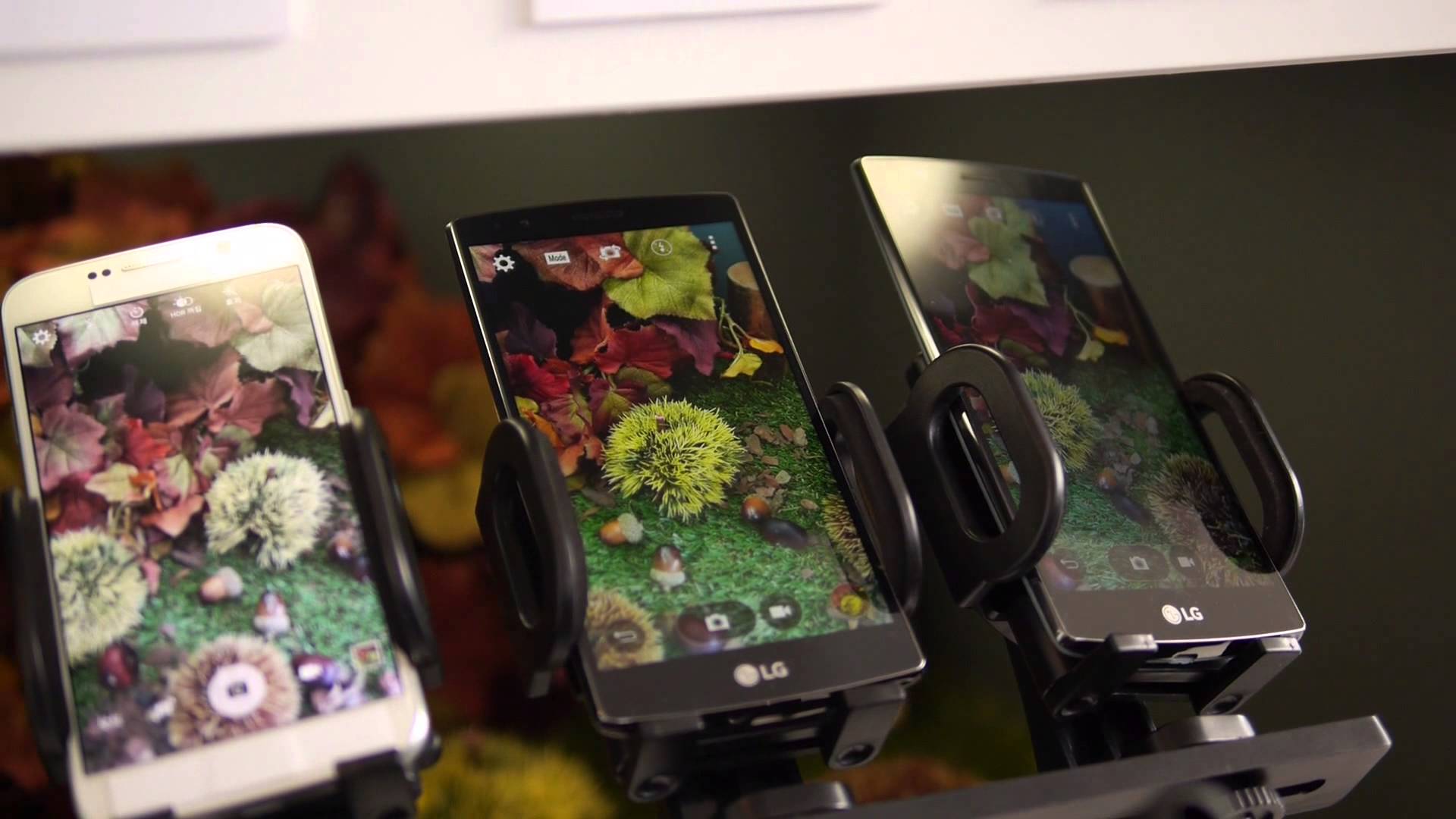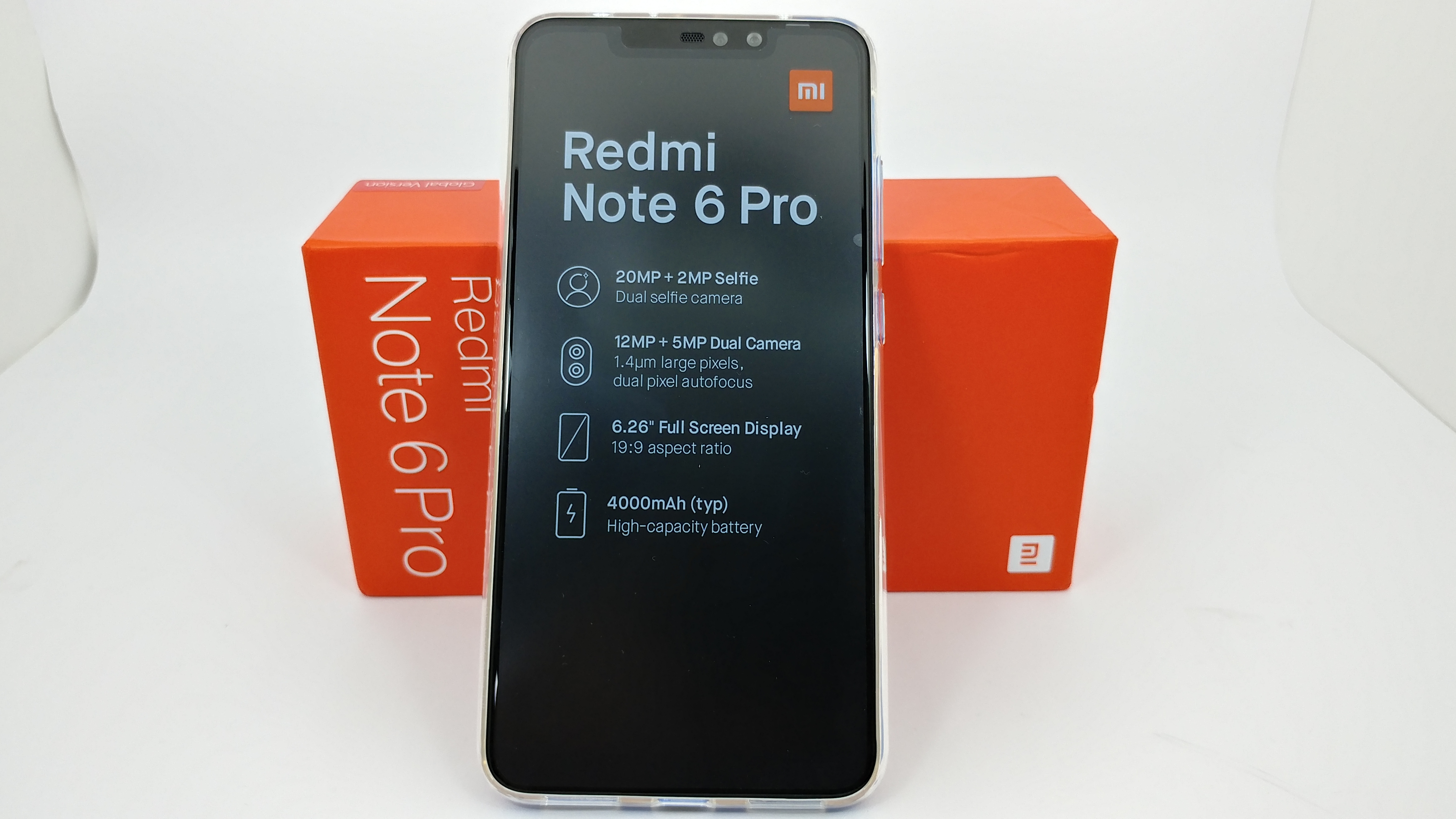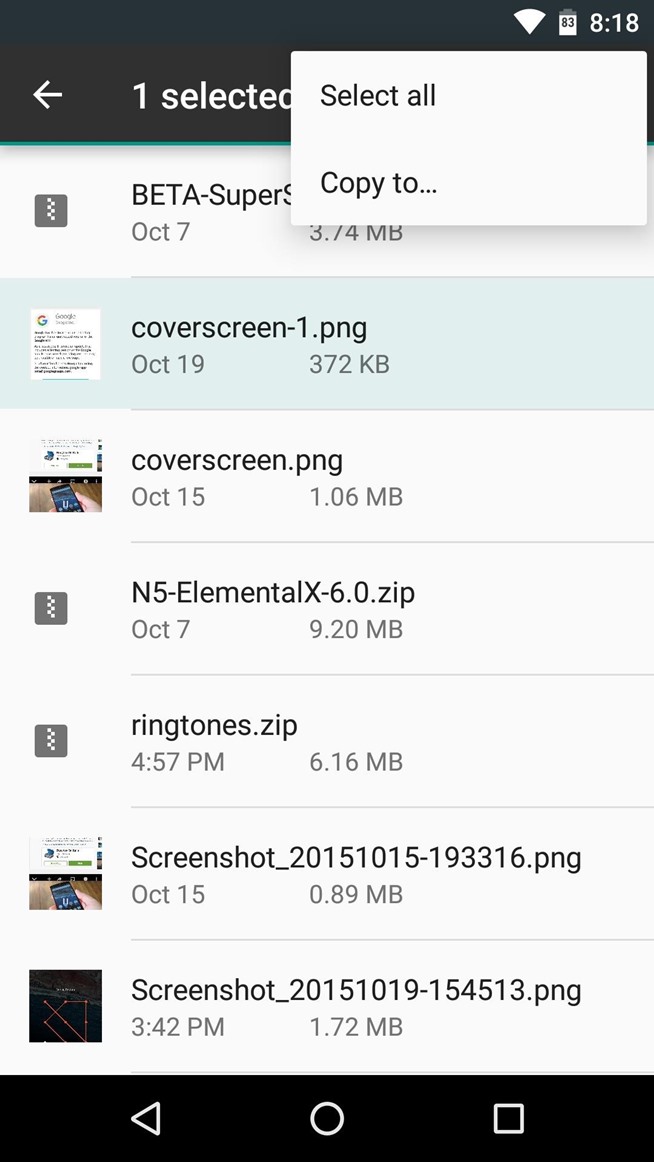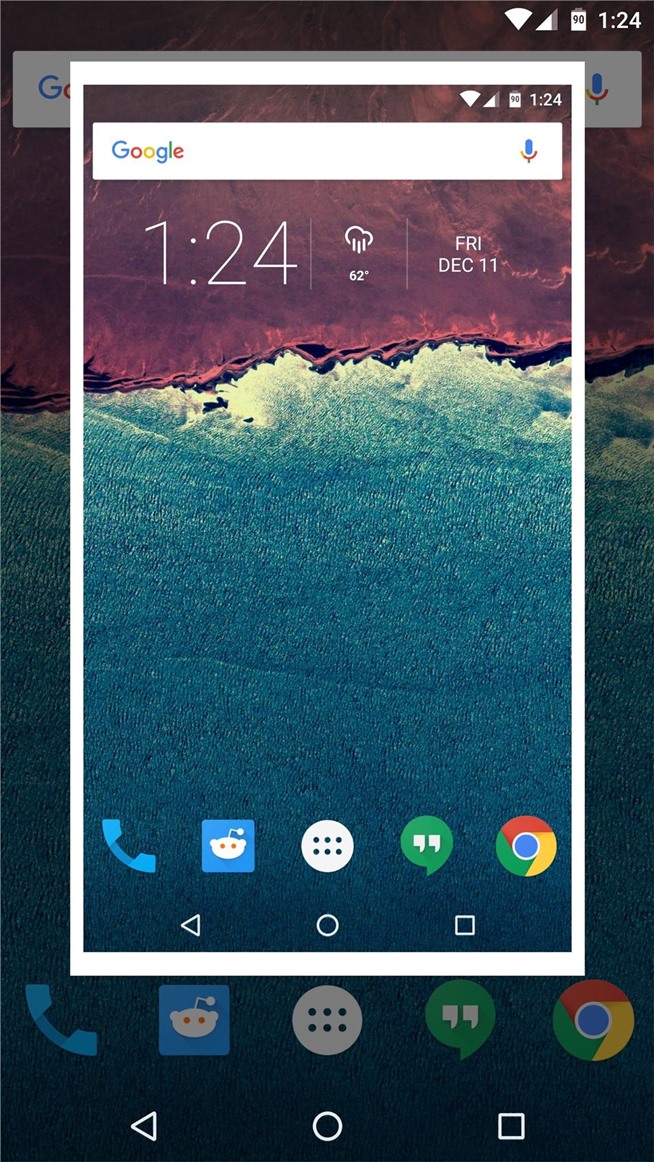LG G4 Colour Spectrum Sensor Explained
3 min. read
Published on

You know that the LG G4 camera is a 16-megapixel one with f/1.8 aperture for better low light photography, as well as less blur in fast moving objects, with optical image stabilization and other impressive features, so the list could continue.
However, one of the most exciting new features offered but the LG G4 camera is none other than the world’s first colour spectrum sensor. What does a ‘colour spectrum sensor’ do and why is it better than any other regular sensor? You probably have these questions in your mind as well but the good news is that LG explained it all.
The benefits of the new technology are numerous and here I am to tell some of the most important ones. You should know from the start that this is not part of the LG G4’s main sensor, but it is a spectrum sensor located right below the single LED flash (near the camera), one of its main purposes being its capability to capture color in its naturally appearing tonalities.
This sensor also has the ability to measure the ambient light and to determine the source of light – whether its artificial or natural. By knowing the exact lighting conditions, the LG G4 can choose the optimal white point and even more, the company assures the device’s users that this sensor can even make the difference between light and objects for more accurate readings.
And another important aspect which sets apart this sensor from other models is the fact that it is sensitive to infra-red light that all the other regular sensors cannot read. As LG claims, “reds appear as bright orange or whites as dull yellow”, but that’s not the case any longer with such a colour spectrum sensor. The company find it necessary to make a demonstration with pictures of strawberries which look vivid and natural on the G4 when compared to how they loo other phones that had the same picture, but with far less impressive color tones.
What do you think of the new color spectrum sensor on the G4? Do you agree with the fact that the image’s colours appear natural and vivid even in dim conditions or not? Just use the comments area to share your thoughts with me and the other readers.
And that’s not all that you can do with your camera; also learn how to:
- Manage Camera ‘Quick Launch’ on LG G4;
- Take Noise-free Low-light Photos on LG G4 by using this step by step guide;
- How to Use HDR Mode on LG G4;
- Change Settings in LG G4 Auto Mode by applying the steps from this tutorial;
- Use Manual Camera mode on LG G4;
- Enjoy Gesture Shot on LG G4 from here;
- along with some Basic Tips for LG G4 Camera and not only.










User forum
0 messages